Intro
Discover the stages of giving birth, from labor to delivery, including early labor, active labor, transition, and postpartum care, to navigate the childbirth process with confidence and understanding.
The process of giving birth is a complex and highly individualized experience that can vary significantly from one woman to another. Despite these variations, the stages of giving birth are generally well-defined and understood, providing a framework for expectant mothers and healthcare providers to navigate this life-changing event. Understanding the different stages of labor and delivery can help alleviate anxiety and uncertainty, allowing women to feel more prepared and empowered as they approach childbirth.
The journey to motherhood is filled with anticipation, excitement, and sometimes, fear of the unknown. As the due date approaches, expectant mothers often find themselves wondering what the birth process will be like, how long it will take, and what they can expect during each stage. The process of giving birth is not just a physical event but also an emotional and psychological one, requiring support, care, and understanding from loved ones and healthcare professionals.
As women prepare for childbirth, they are often advised to take childbirth education classes, read books, and talk to friends and family members who have given birth. While these resources can provide valuable insights and practical advice, they may not fully capture the unique aspects of each woman's experience. Every pregnancy is different, and the stages of giving birth can vary in duration, intensity, and characteristics. However, by understanding the general stages of labor and delivery, women can better navigate their own journey and make informed decisions about their care.
First Stage Of Labor
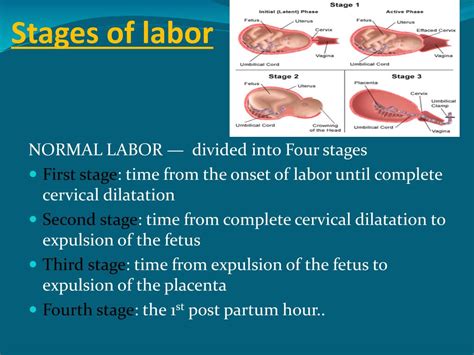
Early Labor
Early labor is the initial phase of the first stage, during which the cervix dilates from 0 to 3 centimeters. This phase can last for several hours or even days, especially for first-time mothers. During early labor, women may experience mild contractions that are often irregular and may feel like menstrual cramps or a backache. As the contractions become more frequent and intense, women may start to feel a sense of excitement and anticipation, knowing that the birth process has begun.Active Labor
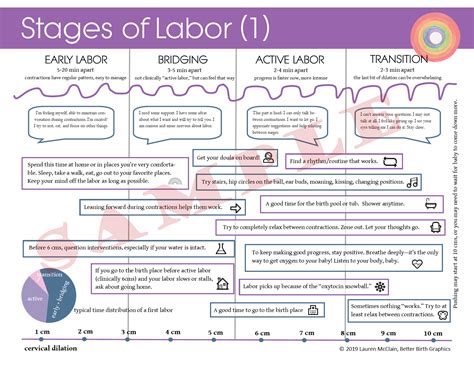
Transition Phase
The transition phase is the final part of the first stage, during which the cervix dilates from 8 to 10 centimeters. This phase is often the most challenging, with contractions coming closer together and feeling more intense. Women may experience a range of emotions, from excitement and anticipation to fear and anxiety. The transition phase requires patience, support, and reassurance, as women prepare to push their baby out into the world.Second Stage Of Labor
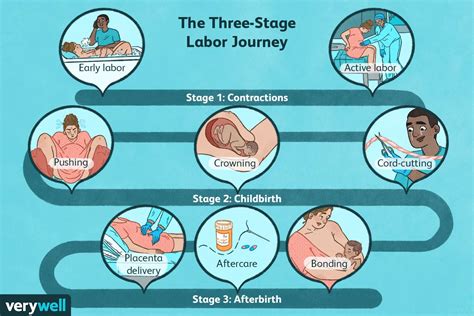
Pushing Techniques
Pushing techniques can vary, but the most common method involves taking a deep breath, holding it, and pushing down with each contraction. Women may also use different positions, such as squatting, kneeling, or lying on their side, to help the baby move through the birth canal. Healthcare providers may offer guidance and support during this stage, helping women to find the most effective pushing technique and providing reassurance and encouragement.Perineal Support

Third Stage Of Labor
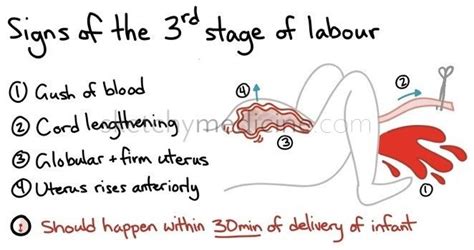
Placental Delivery
Placental delivery is an essential part of the third stage, as it helps to prevent postpartum hemorrhage and ensure that the uterus returns to its normal size. Women may be asked to push gently or cough to help deliver the placenta, and healthcare providers may use ultrasound or other techniques to confirm that the placenta has been delivered intact.Postpartum Care
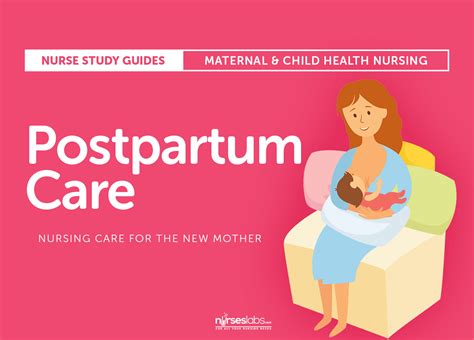
Emotional Support
Emotional support is a critical aspect of postpartum care, as new mothers may experience a range of emotions, from joy and elation to anxiety, fear, and sadness. Healthcare providers, partners, and loved ones can play a vital role in providing emotional support, listening to concerns, and offering reassurance and encouragement. Women may also benefit from postpartum support groups, counseling, or online resources, which can help them connect with others who are experiencing similar challenges and emotions.What are the signs of labor?
+The signs of labor can vary, but common symptoms include contractions, back pain, and a bloody show. Women may also experience a sudden gush of fluid, which can indicate that the water has broken.
How long does labor typically last?
+Labor can last anywhere from 12 to 24 hours for first-time mothers and 6 to 12 hours for women who have given birth before. However, every woman's experience is unique, and labor can vary significantly in duration and intensity.
What are the different stages of labor?
+The different stages of labor include the first stage (latent and active labor), the second stage (pushing), and the third stage (placental delivery). Each stage has distinct characteristics and requirements for the mother and her support team.
As women navigate the stages of giving birth, they can take comfort in knowing that they are not alone. With the support of loved ones, healthcare professionals, and online resources, women can feel empowered and prepared to take on the challenges and joys of childbirth. Whether they choose to give birth in a hospital, birthing center, or at home, women can trust that their bodies are capable of amazing things and that they will emerge from the birth experience stronger, wiser, and more resilient than ever before. We invite you to share your own birth story, ask questions, or offer advice to others who may be preparing for this life-changing event. By sharing our experiences and supporting one another, we can create a community that celebrates the beauty and diversity of childbirth.
